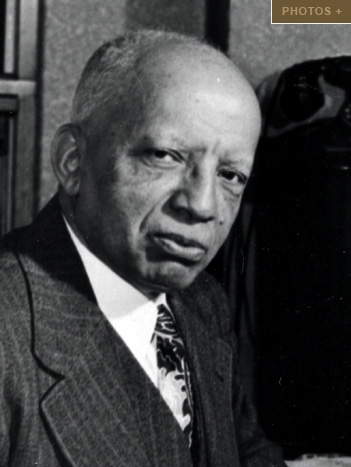Immediately following Barack Obama’s oath of office, liberal whites and others rushed to proclaim the dawn of a new day. They called this dawn a Post-Racial America. They used the ‘obvious’ fact that whites voted for a black man, that made him president. Not so fast, most polls suggest that it was minority America Union ” speech be used as a blueprint for racial solidarity?
Barack Obama gave his “More Perfect Union” speech two years ago on March 18, 2008. Presently, we are seeing an ever increasing critique of Obama (as President) on matters of leadership, his handling of the economy, international awareness, political ideology, and still, his origins. Politicians are infamous in their use of wedge issues to drive communities apart. Race in America America
During Obama’s presidential campaign, he was triangulated by Party Politics, those drawn to his ideas of change, and America
Barack Obama delivered his speech in Philadelphia United States'
The speech opens with a line from the United States Constitution, “We the people, in order to form a more perfect union” immediately grounded the conversation in the spirit of collective nation building. The question is, however, what are we moving from in order to become perfected? The Constitution is a document of compromises that is both “unfinished” and “it was stained by this nation’s original sin of slavery.” As it did for the patriots, it continues today, to be “a question that divided.” Ideas left to “be perfected overtime” include; “the ideas of equal citizenship under the law,” and things “that promised its people liberty, and justice and union…” For Black people in America , this would not be enough to “deliver slaves from bondage or provide men and women of every color and creed their full right and obligation as citizens of the United States
“The More Perfect Union” speech was presented amid comments made by his then pastor Jeremiah Wright, Jr. Political pundants, began to believe that Obama shared his pastor’s views on condemnations of the United States America
He begins his path within the African American community. He suggests “embracing the burdens of our past without becoming victims of our past.” African Americans must continue to demand justice across the American landscape. This means demanding more within the community too, on matters of health care, schools, and jobs. While it is a historic conservative value within the community but to not abandoned the idea of self-help. As you self help believe that society can change.
Americans must realize that our nation is not “static.” This nation has made progress. In fact this “..county that has made it possible for one of his own members to run for the highest office in the land…” For this to have been possible and to sustain all other such possibilities, coalition building is essential (with whites, blacks, Latino, Asian, rich and poor, young and old).
He also charts a path for the white community. This is a path that begins with acknowledging the legacy of discrimination and current incidents. This means that they have to embrace that they are very real and not in the heads of the minority. They should being to invest our schools, the communities, enforcing our civil rights laws, and ensuring fairness in our criminal justice system. This community must also provide “ladders of opportunity” that were not available to previous generations. Investing in health, welfare, and education of black, brown, and white children will help American prosper, Obama inserts.
He concludes by reminding us that we can continue to talk about what divides us or use race as a spectacle or we can say “Not this time.” We can at this moment and every moment demand change and work to rebuild what is crumbling, together, for the sake of “one America." Barack Obama's blueprint for creating racial solidarity is a Philadelphia



